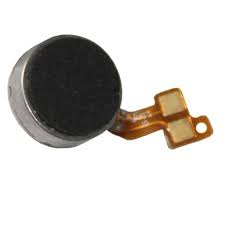Vibrator motors, such as ERM (Eccentric Rotating Mass), LRA (Linear Resonant Actuator), or brushless motors, are critical components in devices like e-cigarettes, wearables, and smartphones.
If your device’s vibration function isn’t working, here’s how to diagnose and fix common issues.
1. Check Connections First
Loose Wires: Disconnect the motor from the circuit board and reattach it firmly.
Damaged Cables: Inspect wires for fraying or breaks. Replace if necessary.
Soldering Issues: Check for cold joints or loose solder if the motor is soldered. Resolder carefully.
2. Clean the Motor
Dust or Debris: Use compressed air to blow out dust from the motor’s housing.
Liquid Damage: If the motor gets wet, dry it completely before testing.
3. Test the Motor Directly
Power Supply: Connect the motor to a compatible power source (e.g., a battery or lab power supply) to see if it vibrates.
Voltage Check: Ensure the voltage matches the motor’s specifications (e.g., 3V for small ERMs). Overvoltage can burn the motor.
4. Replace Worn Components
Brushes/Commutator: For brushed motors, worn brushes or a dirty commutator can cause failure. Replace the brushes or clean the commutator with a soft cloth.
Coil Burnout: If the motor smells burnt, the coil is likely damaged. Replace the entire motor.
Bearings: Noisy or stuck motors may have worn bearings. Lubricate them with a tiny drop of oil or replace the bearings.
Prevent Future Issues
Avoid exposing small vibration motors to water or extreme temperatures.
Regularly clean devices to prevent dust buildup.
Use a voltage regulator to protect against power surges.
If you’re unsure about repairs, contact our LEADER Support Team for guidance. We’re here to help!

Consult Your Leader Experts
We help you avoid the pitfalls to deliver the quality and value your micro brushless motor need, on-time and on budget.
Post time: Apr-02-2025





